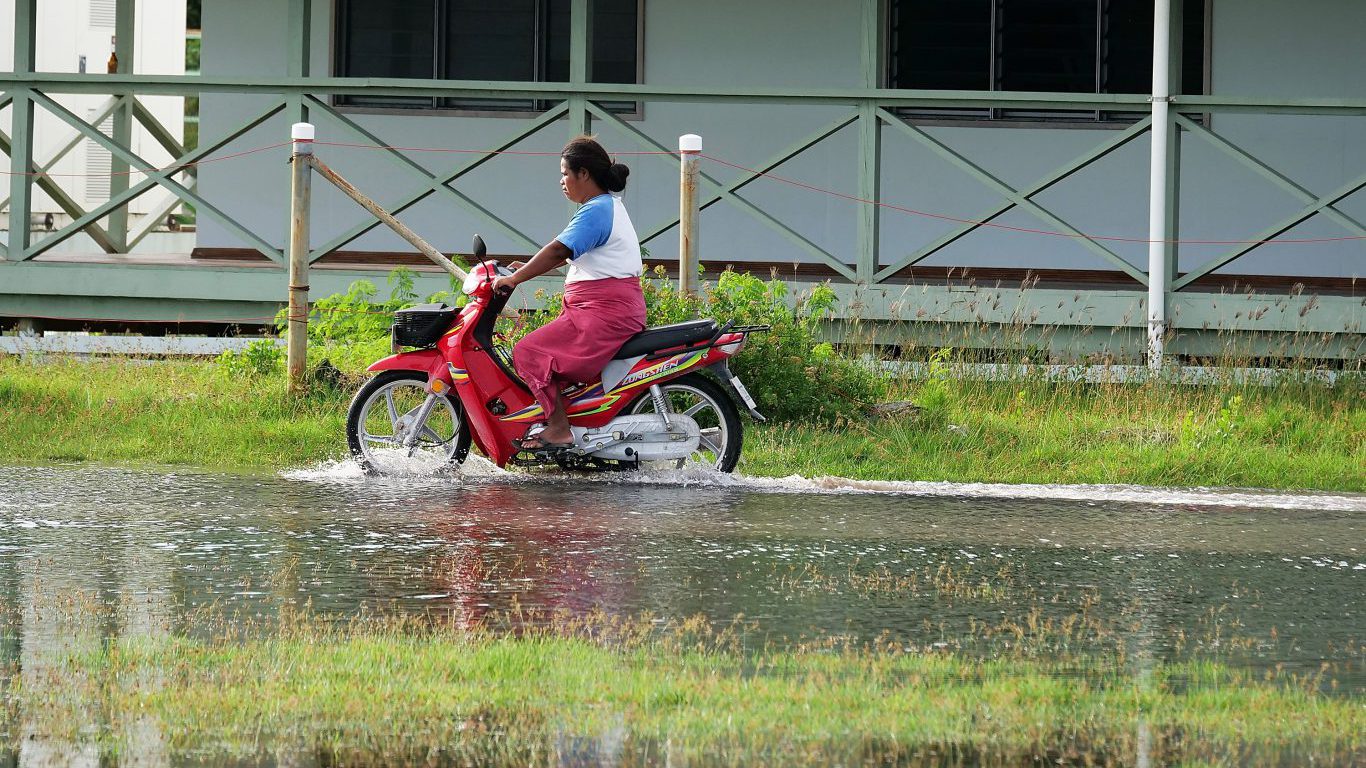
One of the first acts of the Biden Administration was to rejoin the Paris Agreement, which aims to reduce carbon emissions in an attempt to slow the rate of global climate change. The key goal is to prevent a temperature increase of more than 2˚ Celsius relative to pre-industrial levels. If that goal is not met, the consequences could be far-reaching and include widespread extinction, severe drought, and substantial sea level rise.
Even in the less extreme scenarios, the oceans are expected to rise several feet by the end of the century. This means that low-lying populated islands, including many island nations with hundreds of thousands of residents, are at high risk of disappearing in the coming years. Many of these island nations are taking action, formulating sustainability strategies, building walls to keep out rising oceans, relocating people who are at risk from surging sea levels, or planning to construct floating islands sustained by solar and wind power like French Polynesia.
24/7 Wall St. identified the islands that, as a result of the ongoing sea level rise, are likely to lose substantial landmass by the end of the century.
The severity may vary locally, but it is a global issue nonetheless. At the Copenhagen climate conference in 2009, a spokesperson for small island nations warned that many would not survive a two-degree rise: “Some countries will flat-out disappear.”
Because of differences in water temperature, tectonic shifting, and the Coriolis effect, Ocean and sea levels are not rising evenly. In some parts of the world, therefore, especially in Southeast Asia and the Pacific Islands, as well as the East Coast of the United States, water levels had already risen faster than in other parts of the world. In addition to the islands at risk, there are some very highly populated cities in these places that are similarly at risk for inundation. Here are some cities around the world that could soon be underwater.
Click here to see 20 islands that will disappear in your lifetime





